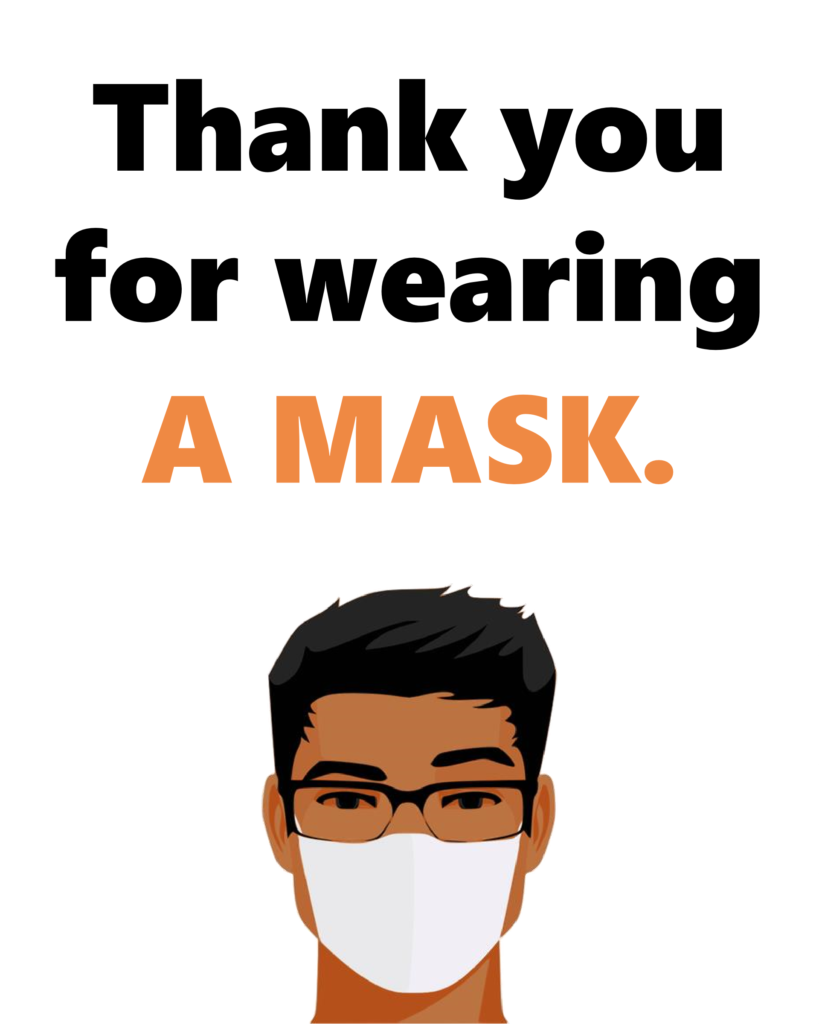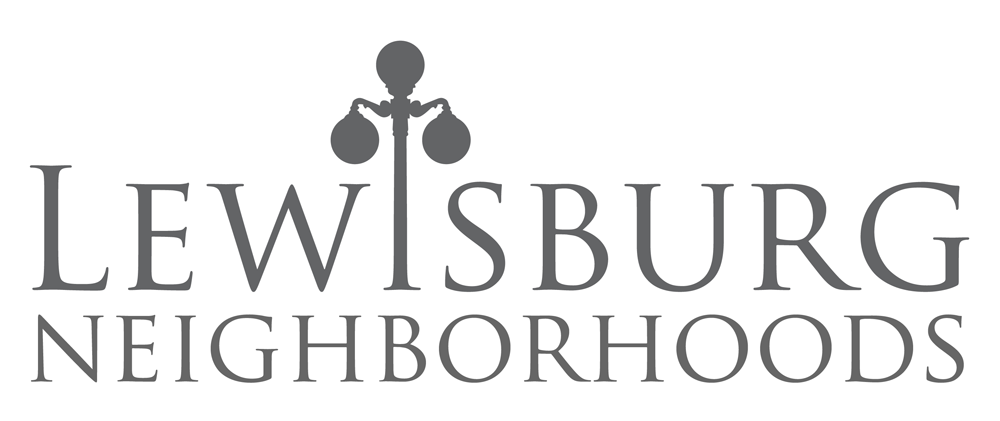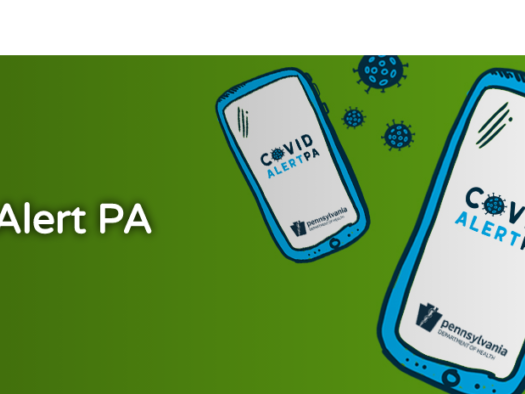Covid cases locally and nationally are at an inflection point. Local public health messaging efforts to date have helped some, but they must reach further. And it really needs to happen fairly quickly. How can we get over any existing hurdles and get this message across to more people in the area: we can either take charge and change the outcome of the current wave or we can suffer like the Dakotas?
The current emergency is post-Thanksgiving and pre-Christmas, but after the 25th, then there's New Year's... Looking further ahead, there will be expanded testing options and eventually vaccination to publicize. It will also be critical to get ahead of disinformation about vaccines (or at the very least give it a run for the money).
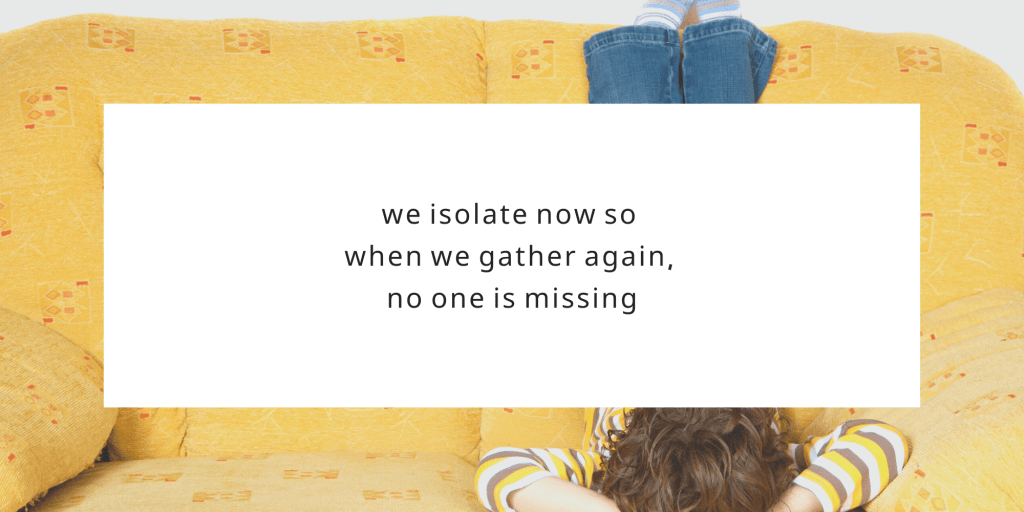
Messages need to reach:
- People who are interested, but not yet fully clear on what the recommendations are
- People who have listened to the recommendations but aren't sure how to apply them
- People not paying attention but who could be swayed by trusted local messengers
- (Those who are actively pro-infection. This may not be possible.)
How to do this
- Repeat clear, simple messages (challenging with such a long list!)
- Enlist community leaders at all levels (clergy, former elected officials, police/fire officials, coaches, business leaders...)
- Communicate person-to-person, encourage everyone to reach out to the edges of their social networks; we are in bubbles, but our bubbles touch other bubbles
- Feature more voices from bedside care givers -- nurses, doctors, nursing home workers...
How is this different from what we have been doing? We will be trying to make the messaging more ubiquitous, so it's not just being broadcast from a central source, but also being shared and exchanged by community members. We will also be trying to get messages into circles where it has been somewhat softer or less present. We will be enlisting local champions to help us. This needs to be part of what people are talking about to each other right now -- not about how horrible everything is but about the specific things we can do to help each other and ensure our communities, neighbors, and businesses make it through the pandemic.
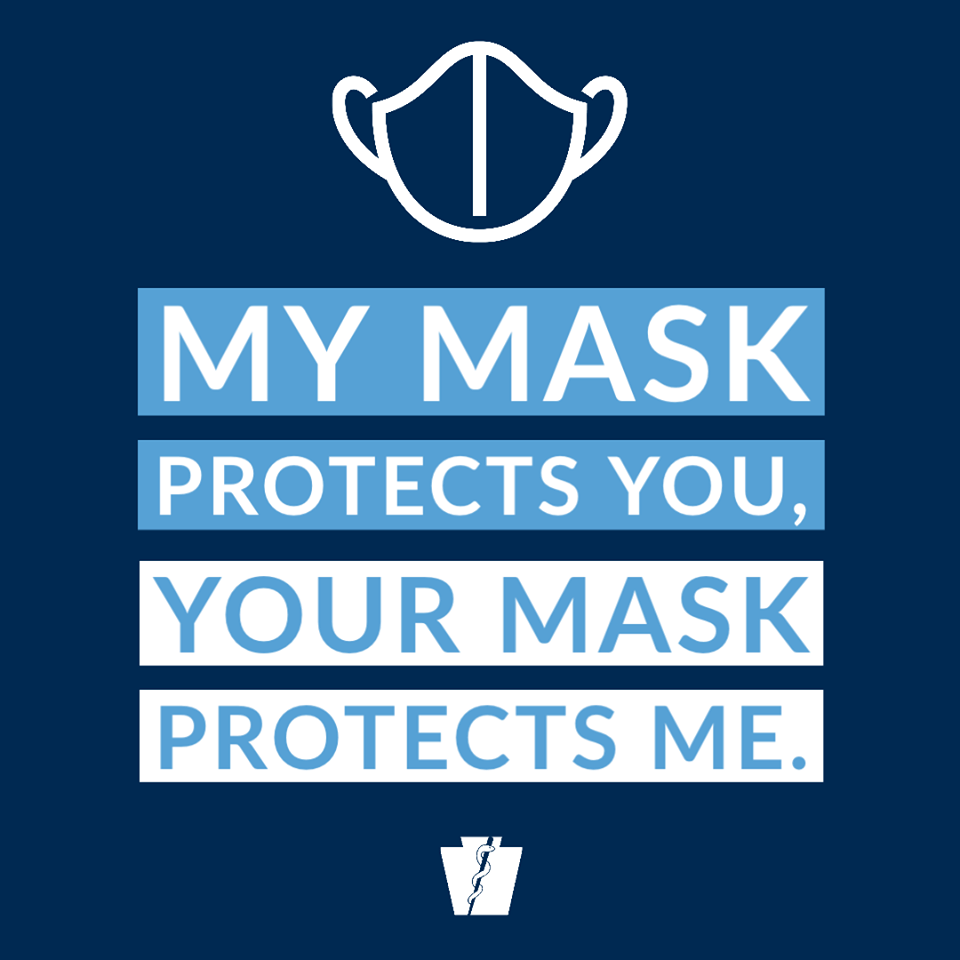
Key current messages:
- Alert -- what is the problem?
- Hospitals are getting overloaded now and see more patients ahead; they are afraid
- We may get to where they are unable to provide care whether for COVID or other ills; they are worried
- Cases, hospitalizations, and deaths are rising; they are sad
- Deaths are keyed to case numbers from three weeks earlier (when daily new case numbers were half what they are today)
- Risk factors -- what are big contributors?
- Normal activities with loved ones can be dangerous right now
- People without symptoms who do not realize they are infected are most likely to spread it
- Indoor gatherings with people from different households, while eating, talking, or singing, unmasked, with poor ventilation, multiple ages, having traveled -- in other words typical holiday activities are very risky!
- The 3C's campaign identifies risk factors with a simple mnemonic device -- recommends avoiding Closed spaces, Crowded places, and Close-contact settings
- Baseline mitigation -- how can we reduce infections and solve the problem?
- Use masks, distancing, and hygiene
- Isolate if exposed or with any symptoms
- Avoid indoor gathering (give people examples and ideas of alternatives)
- Answer contact tracer calls
- Get COVID Alert PA app
- Big asks -- what else do we need to do?
- Those over 65 should avoid any indoor exposure to someone who is unmasked -- do not enter any public accommodation where anyone else is not wearing a mask
- Support local businesses safely -- lots of take-out and curbside if we are able
- Those under 40 who have gathered indoors with others should isolate and get tested
- Next steps -- how to get even better results in the future?
- Understanding test timing and quarantine -- test is a snapshot of past conditions and ideally should be combined with quarantine to ensure no intervening exposure
- Vaccination education and promotion; timing, priority, limits (such as the ongoing need to still wear masks!)
- Focus on asymptomatic spread
- More surveillance testing
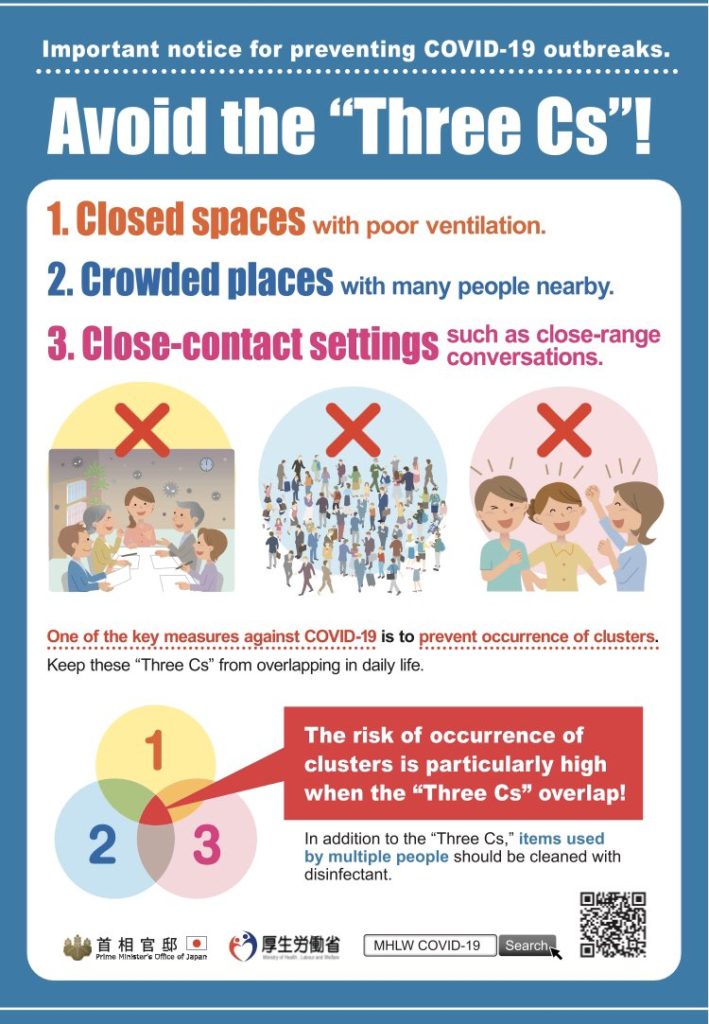
Here's a list of common misconceptions about the pandemic to be kept in mind but not restated/reinforced in messaging. These are not secrets. Writing them here does not give them greater weight than they already have in our community! We need to recognize them and be sure our messaging targets them without amplifying them. They could be re-framed/addressed in positive or productive terms:
- Masks don’t work (how masks do work)
- If you're worried, you should wear a mask, not me
- Shutdowns don’t work
- It is just like the flu
- Will wear a mask or stay home if I’m sick (misunderstand a-/pre-symptomatic spread)
- Just political tyranny, about control
- People just want to destroy small businesses and the economy
- Vaccines are worse than the disease
- Just need natural remedies and a strong immune system
- We’ve already had it
- Very few people die; very few people have a serious case
- All the numbers are fake (cases, deaths, percentages)
- China is to blame for it all
- Nothing can be done (we will all get it)
- Won’t be “ruled by fear”
- Family and people you know are not dangerous
- Things that feel normal are safe
Underlying psychological factors:
- People feel powerless
- Looking for ways to exert control
- Distrust
- Anger
- Confusion
- Desire for simple answers
- Want a return to normal -- will make things as normal as possible
Resources:
- PA Department of Health Coronavirus Information Pages
- CDC COVID-19 pages
- Dear Pandemic -- answers from scientists and epidemiologists
- Spotlight: Orange website and facebook page
- Lewisburg Neighborhoods News compiling local information and data
- Radio Free Lewisburg podcast
- GSV United Way MaskUp campaign and Valley Health Forum (discussion starts at 19:30)
- Sunbury Broadcasting Mask PSAs
- GSV Chamber Responsible Re-entry sequel, pending!
- PA Chamber Bringing PA Back and #WhyIWearIt Campaign
- Daily Item editorials and "When COVID Hits Home" series
- NACCHO (National Association of County and City Health Officials) Changing the COVID Conversation webinar featuring research from noted conservative pollster Frank Luntz -- notes and links
- Social media outreach by local healthcare provers: Evangelical Community Hospital, Geisinger, UPMC Susquehanna (Williamsport)
